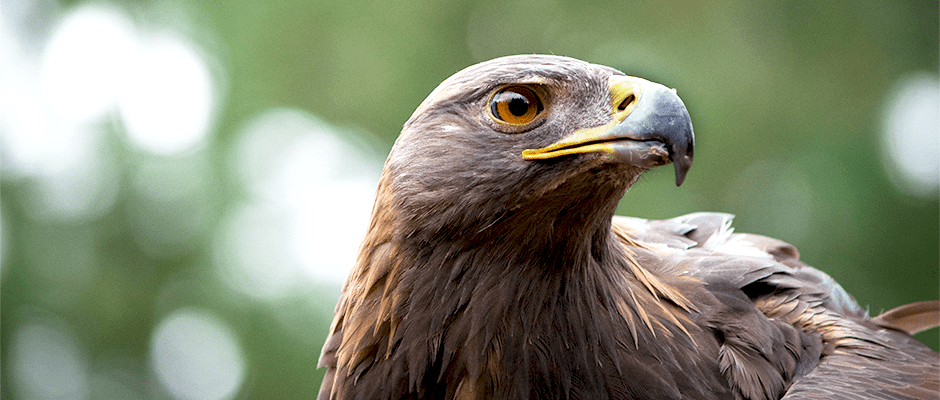Share this article
JWM Study: Making better predictions of eagle fatalities
To help conserve eagles and help make developers more aware of the effects of wind energy facilities on the birds, researchers recently helped update a model to predict eagle fatalities at wind energy sites.
As part of an open-access study published in the Journal of Wildlife Management, lead author Kimberly Bay, a project manager with Western Ecosystem Technology, Inc., looked at collision probability from historical data collected on bird use before construction as well as fatalities at 26 wind facilities after construction.
The scientists based their research on an existing model that the U.S. Fish and Wildlife Service developed in 2013 that uses Bayesian analysis — a statistical technique that considers different probabilities in a particular situation — to predict these fatalities. According to Bay, the model has three major components — exposure: the number of birds present in the facilities’ areas; infrastructure: the number and size of the turbines present at the facility; and collision probability, which is what Bay and her team updated by adding data from more wind facilities. All of their data came from golden eagles (Aquila chrysaetos) at the sites, according to Bay.
Bay says researchers continue to collect additional data to update the model for the future. In fact, the USFWS suggests improving surveys further by increasing their duration from 20 minutes to an hour.
“This is what a Bayesian model is meant to be — constantly updating it with the most relevant data,” she said. “Given an increase in sample size, variability has decreased. This will help provide a better understanding of predicting eagles and possible impacts. I think it is a win for both eagles and the developers.”
Header Image: ©Jon Nelson








